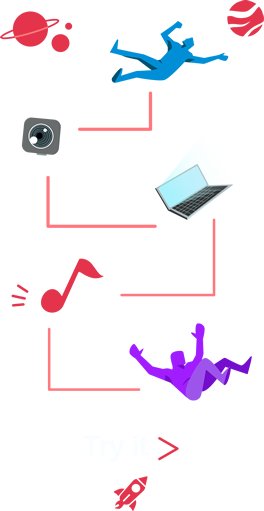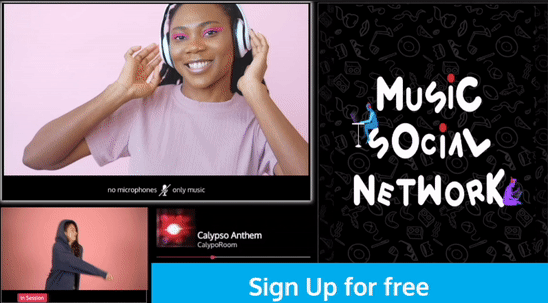Changes in music consumption due to social networks

Table of content
Changes in music consumption due to social networks - Introduction
Welcome to a musical journey that will open your eyes, or rather, your ears, to the world of music consumption. What is music consumption, you ask? Simply put, it's the way we listen to and enjoy music.
Now, if you hop on our time machine and take a look at the past, you'd find the way we consume music has changed dramatically over time.
Remember the good old days when music was limited to vinyl records, cassettes, and CDs? Well, those times have evolved into an era where music is now predominantly consumed digitally.
Streaming platforms, digital downloads, and even social media have transformed the way we access, share, and enjoy music.
Speaking of social media, it has not just transformed our everyday interactions, but also our music consumption habits.
Whether it's discovering a new song on Instagram or TikTok, or participating in a music challenge on Facebook, social networks are playing an influential role in shaping our musical preferences.
So, dear reader, as we embark on this journey, let's explore together how social networks have changed our musical landscape.
Let's delve into how music has moved from a personal experience to a shared one, how it has become a tool for expressing identity, and how it has shaped our online communities.
This journey promises not just knowledge, but also a newfound appreciation for the music that soundtracks our lives.
So put on your favorite song, turn up the volume, and let's dive in.
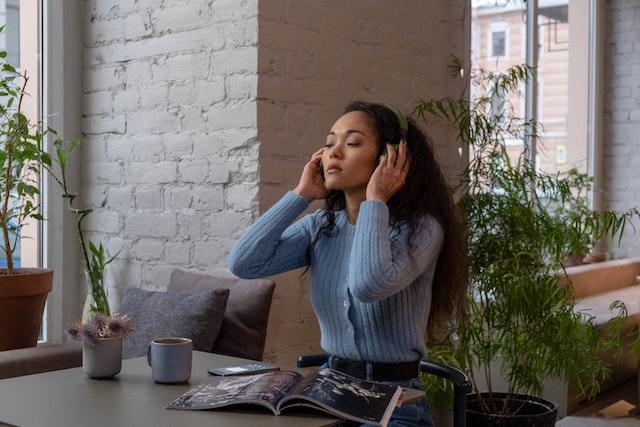
KEY TAKEAWAYS
Social networks have dramatically altered the way we consume music, enabling us to discover, share, and interact with music and artists in novel ways.
Traditional forms of music consumption, like vinyl records, continue to hold a special place in our hearts, demonstrating a blend of old and new in our musical preferences.
Interactive music platforms are creating communal music experiences, fostering global communities of music enthusiasts and expanding our musical horizons.
CalypsoRoom is a standout platform offering shared music experiences, promoting a sense of community, and providing a supportive space for independent artists.
The music industry is evolving with the integration of social networks, changing promotional strategies, and enhancing artist-fan interactions.
Emerging trends like virtual concerts signify that the interplay between social networks and music is not only reshaping the present but also influencing the future of music consumption.
Traditional music consumption vs. digital music consumption
As we stride further into our musical journey, let's first delve into what traditional music consumption looks like.
Imagine a time when the only way to listen to a song was by physically owning a copy of it, say a vinyl record, a cassette, or a CD.
However, as technology advanced, so did our ways of consuming music. Enter the era of digital music consumption.
We swapped vinyl records for MP3 files, traded mixtapes for curated playlists, and replaced record stores with streaming services.
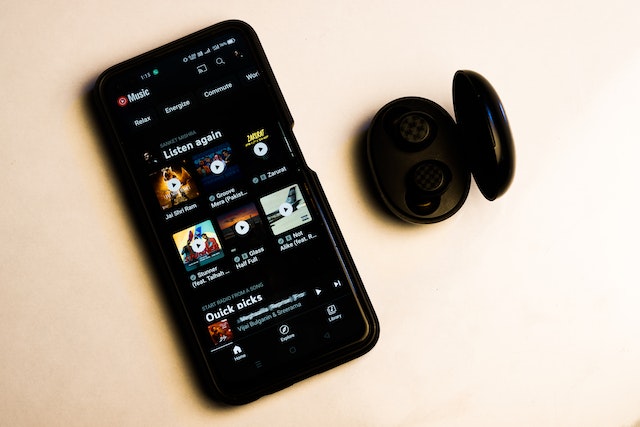
While traditional music consumption was characterized by a tangible connection with the music, digital music consumption offered unparalleled access and convenience.
It became easier to discover new music, share our favorite tracks, and even listen to music together, albeit virtually.
But here's a twist in the tale. Despite the convenience of digital music, the allure of vinyl records is making a surprising comeback, proving that traditional forms of music consumption still hold a special place in our hearts.
For instance, in the United States only, 43.46 million vinyl albums were sold in 2022, which is a 4.2% increase from the previous year.
So, what does this mean for us music lovers? It means we're lucky enough to be living in a time where we can enjoy the best of both worlds - the nostalgic charm of traditional music consumption and the convenient accessibility of digital music consumption.
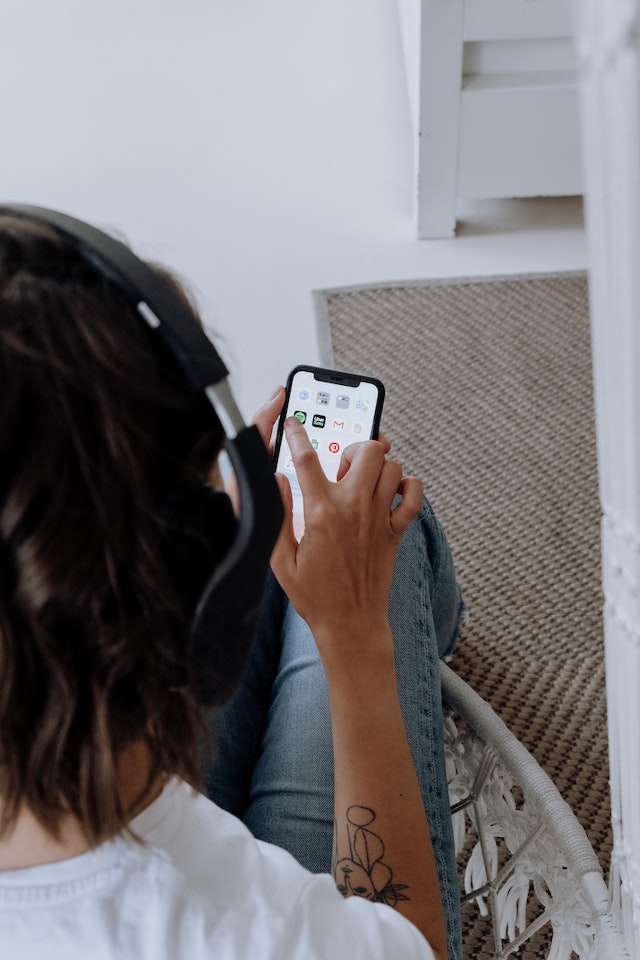
The role of social networks in music consumption
Let's change our rhythm and delve into the intriguing world of social networks and their role in music consumption.
Imagine a grand orchestra with Facebook, Instagram, and TikTok each playing a unique instrument. Together, they have created a symphony that has fundamentally transformed the way we discover, share, and enjoy music.
According to the research, 36% of people use social platforms to engage with artists and songs, and one in three use social media to share music they like with friends and family.
No longer do we rely solely on radio broadcasts or the grapevine to find our next favorite tune. Social networks have become a virtual stage, with each user a potential performer, and their followers, an instant audience.
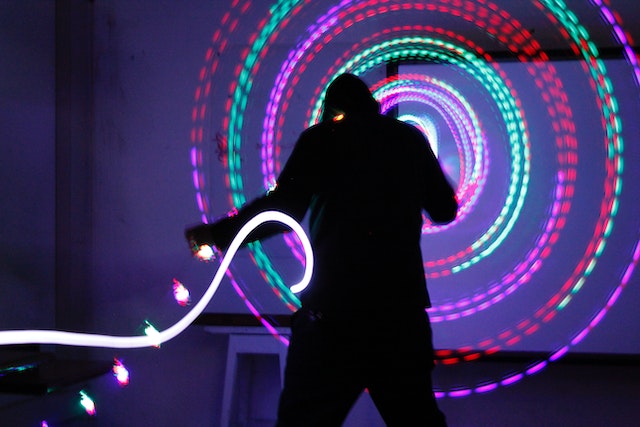
In fact, 32% of consumers say that they find new music on social media, with younger demographics being especially likely to do so.
Our musical voyage doesn't stop there. The real revolution is in how social networks have blurred the lines between genres, creating a diverse and dynamic musical landscape.
From the rise of K-pop to the resurgence of folk, we're witnessing a genre revolution, driven by the viral power of social media.
Let's pick a tune that really went viral on TikTok as an example. Remember the 'Sea Shanty' trend? It started with a humble post, transcended borders, and in a matter of days, these centuries-old maritime songs sailed to the top of streaming charts!
The influence of social media on music discovery and its direct impact on music charts is an exciting realm that's worth exploring.
As we journey on, remember that every 'share', 'like', or 'follow' on these social networks is a note in the grand symphony of music consumption.

Emergence of interactive music listening platforms
In the melody of music consumption, a new note has begun to resonate - the sweet sound of collective listening.
Platforms like Turntable.fm and JQBX are leading this harmonious movement, fostering spaces where music lovers can come together to listen, share, and discuss their favorite tracks.
Just think about that 41% of Americans listen to music online, which is more than any other format.
Imagine a virtual room, filled with people from around the globe, all connected by their love for music - now that's a tune worth listening to!

No longer confined to headphones, music has broken free, becoming a shared experience that connects us across geographical and cultural boundaries.
Interestingly, these platforms are not just changing how we listen to music, but also what we listen to. As we join these digital listening rooms, we're introduced to new genres, artists, and songs, expanding our musical horizons.
These platforms are creating niche communities where indie bands can find their fan base, and music enthusiasts can discover hidden gems.
You might just find a community of fellow music lovers waiting to welcome you.
CalypsoRoom: a new era of social music consumption
As we navigate through the shifting landscape of music consumption, one platform emerges from the horizon like a catchy chorus that sticks in your mind – CalypsoRoom.
This groundbreaking music streaming platform is strumming a fresh tune in the industry, introducing a compelling blend of traditional and contemporary practices of music consumption.
Picture this: a digital room where you and your friends, or even a group of like-minded strangers, listen to the same music at the same time, regardless of where you are physically.
CalypsoRoom isn't just about hearing the music; it's about seeing the reactions of your companions, about feeling a part of a community.
This sense of togetherness and the strengthening of personal connections bring back a crucial element of traditional music listening – the shared experience.
This often gets lost in the digital shuffle of playlists and algorithms, but CalypsoRoom is helping to bring it back to the forefront of our music experiences.
Moreover, by creating a social and supportive space for independent artists, CalypsoRoom is also enhancing the vibrancy of the music ecosystem.
The platform offers these artists a unique opportunity to share their music with an engaged and supportive community, making the music journey as exciting for the creators as it is for the listeners.
Notably, in the digitized and often isolating world we live in, platforms like CalypsoRoom are proving to be a boon for mental health and community building.
To sum it up, CalypsoRoom is not just a platform, but a trendsetter, striking a chord that resonates with the evolving dynamics of music consumption.
It reminds us that while music may be a melody to our ears, it's the shared experiences that make it a song for our souls.
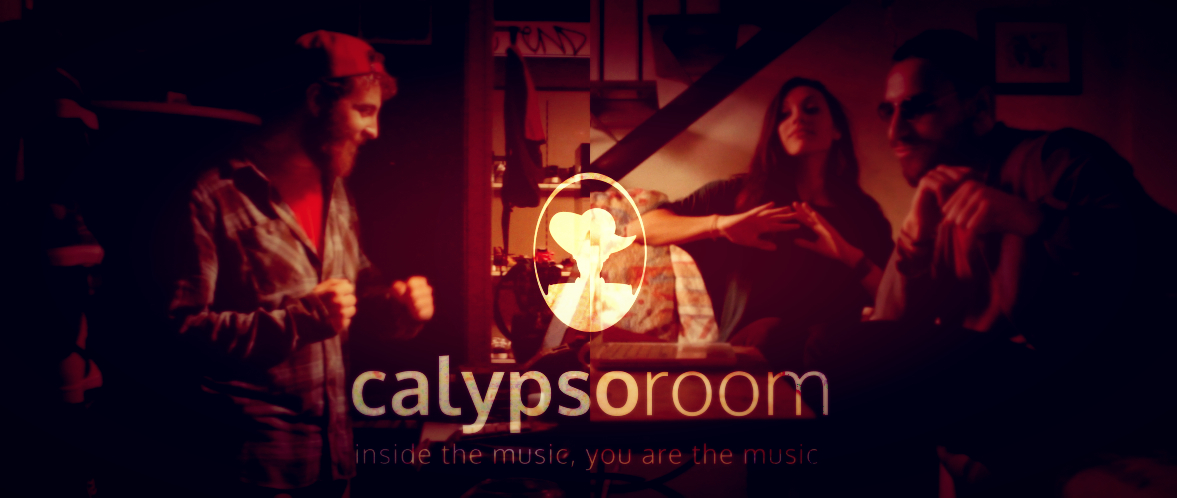
Impact of social network-integrated platforms on music industry
With the rise of platforms like CalypsoRoom that integrate music and social networks, the very rhythm of the music industry is being rewritten.
The traditional concept of promotion strategies has been shaken up, making way for more interactive, engaging, and dynamic approaches.
Fast forward to the present day, and you'll find that social networks have become an essential part of artists' marketing strategies.
Now, it's all about creating engaging content, connecting with fans on a personal level, and leveraging the power of shares, likes, and comments.
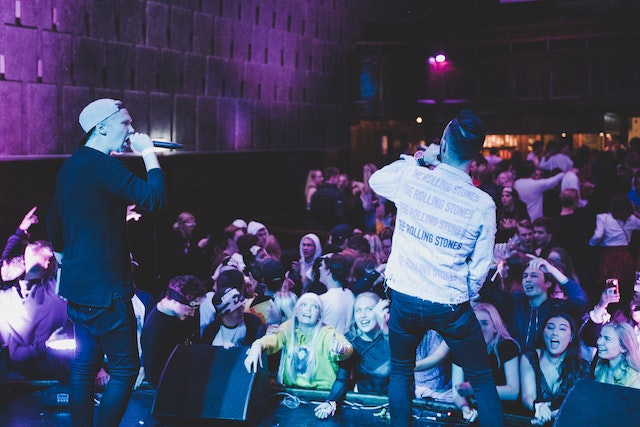
These new music marketing trends are not just creating a buzz, but also helping artists build stronger and more interactive fan bases.
Speaking of interaction, the bond between music artists and fans has also transformed significantly thanks to the advent of social networks.
Now, artists can interact with their fans in real time, respond to their comments, or even invite them to online listening parties.
This direct, two-way communication has not only made artists more approachable but also enriched the overall music experience for fans.
Lastly, we cannot discuss the impact of social networks on the music industry without touching on the emerging trends that are shaping its future.
One notable trend is virtual concerts, which have gained momentum, especially in the wake of the global pandemic.
Millions of people attend virtual concerts every year, and some of the most popular virtual concerts and tours include Ariana Grande with 78 million viewers, Travis Scott with 11.7 viewers, and Lil Nas X with 33 million viewers in 2022.
In summary, the harmonious fusion of music and social networks is ushering in a new era in the music industry. It's changing the way we promote, consume, and even experience music.
And while the tune might be different, the underlying beat that drives it all remains the same: our shared love for music.
Changes in music consumption due to social networks - Conclusion
As we reach the final note in our exploration of music consumption's evolution, it's clear to see that the impact of social networks has been profound.
In a symphony of change and innovation, these platforms have transformed how we discover, share, and experience music.
They've not only connected us with our favorite artists but also with each other, creating a global community of music lovers that transcends borders.
With its focus on enhancing the communal aspect of music, CalypsoRoom offers a unique platform that elevates music consumption to a new level.
Isn't it time you stepped into this new era of music consumption? We invite you to try out CalypsoRoom.
Experience firsthand the joy of collective music listening, and see how it amplifies your connection with the music and the people around you.
Our dance with music and social networks is far from over. In fact, it's just getting started.
For more insight, advice, and analysis on this topic, don't miss our blog homepage.
Let the music play,
The CalypsoRoom Team
Frequently Asked Questions (FAQs)
What are the changes in music consumption due to social networks?
Social networks have shifted music consumption from physical and download-based to streaming, facilitated easier discovery of new music, enabled fan-artist interaction, and promoted communal listening experiences.
How have social networks impacted the music industry?
Social networks have democratized music distribution, allowing artists to directly share their work and interact with fans. They've also influenced promotion strategies, favoring social-media-centric campaigns and digital interactions.
What role do social media platforms play in music discovery?
Social media platforms play a crucial role in music discovery by introducing users to new artists and songs through algorithmic recommendations, shared playlists, viral trends, and social connections.
How do personalized music recommendations work on social networks?
Personalized music recommendations on social networks work through algorithms analyzing user behavior, preferences, and social connections, and then suggesting songs, playlists, and artists accordingly.
How do artists connect with their fans through social media?
Artists connect with fans on social media through regular updates, live-streamed performances, direct messaging, shared content, and community building activities.
What are the benefits of live music experiences on social networks?
Live music experiences on social networks provide fans real-time interaction with artists, enable community participation, and allow for more accessible and convenient concert experiences without geographical limitations.
How have social networks democratized music distribution?
Social networks have democratized music distribution by lowering the entry barriers for artists, allowing them to share music directly with fans, bypass traditional industry gatekeepers, and gain visibility through viral content.
What platforms allow artists to livestream performances?
Platforms like Instagram, Facebook, Twitch, YouTube, and innovative new platforms like CalypsoRoom allow artists to livestream performances.
How has social media influenced fan engagement with artists?
Social media has enabled more direct and personal engagement between fans and artists, encouraging interaction through comments, likes, shares, and even direct messages. It has also fostered community building among fans.
What are the advantages of independent music promotion through social networks?
Independent music promotion on social networks provides cost-effective visibility, direct fan engagement, control over creative content, potential for virality, and an opportunity to build a personal brand without traditional industry constraints.
back
Written by CalypsoRoom Editorial Team
The CalypsoRoom Editorial Team is a skilled and diverse group of writers, researchers, and industry specialists who have access to Calypso's data and information in order to give you broad knowledge about the music industry as well as helpful advice to help you manage your music and dancing career.
Updated August 2023
Company number: 681223
James's Walk 31, Dublin, Ireland
contact@calypsoroom.com
+353 (89) 435 8928


